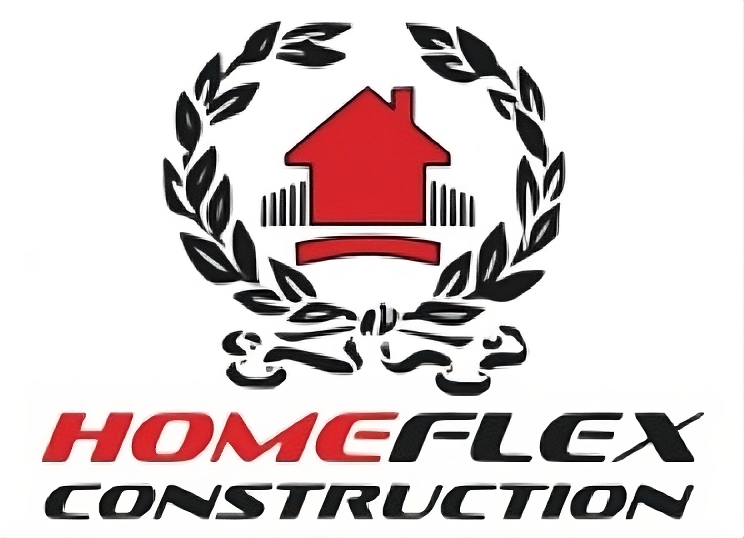When it comes to exterior finishes, homeowners often face this exact choice. Both stucco and siding are popular for durability, style, and cost-effectiveness, but the right option depends on your climate, budget, and long-term maintenance goals. This guide will break down the differences between stucco vs siding so you can make the best decision for your house.
This guide breaks down the core differences between stucco and siding. Get ready to stop guessing and make a totally informed decision for your house.
What Exactly Are We Comparing?
Stucco? Think of it as a heavy, cement-based plaster. It goes on in multiple layers, usually over a wire mesh. It’s what gives you that signature texture, that serious durability, and that ability to handle different climates pretty well.
Siding? This is just a protective covering for the exterior. But oh, the variety! We’ve got vinyl, we’ve got wood, we’ve got fiber cement, and even metal. Each one has its own specific strengths and offers a ton of design flexibility.
Why People Pick Stucco (And Why They Don’t)
The Upsides
- Built to Last. Seriously, stucco is a beast. If it’s applied correctly and you keep up with basic maintenance, it can survive for decades. It’s fantastic against fire, it’s pest-proof, and it won’t rot out on you.
- Great for the Bills. The layers of stucco are so thick, they provide excellent insulation. That keeps your interior cooler when it’s hot, and warmer when it’s cold. You’ll absolutely see that translated into real savings on your utility statements.
- Classic Style. Stucco just has that timeless, Mediterranean vibe. The texture adds real character, and you can tint it pretty much any shade you want to match your personal style.
- Hands-Off Maintenance. Unlike wood, you don’t have to repaint stucco every five years. Occasional cleaning, plus maybe patching up a small crack? That’s typically all it needs to stay looking fresh.
The Trade-Offs
- Climate Caveats. Stucco works best in dry climates, maybe moderately moist ones. But if you get heavy, relentless rainfall, or if your winters bring harsh freeze-thaw cycles? That’s where the cracking starts.
- Fixing It Sucks. Yes, it’s tough, but repairing stucco is often trickier and definitely more expensive than just popping out and replacing a piece of siding.
- More Money Upfront. Stucco installation is labor-intensive. What does that mean for you? It tends to be the pricier option right out of the gate.
Why People Pick Siding (And Why They Don’t)
The Advantages
- Variety is King. Siding is the winner when it comes to options. Affordable, low-maintenance vinyl. Natural, beautiful wood. Fiber cement, which hits that great balance of strength and good looks.
- Any Look You Want. Siding can mimic almost any texture, wood grain, stone, or shingles. You can honestly achieve almost any architectural style imaginable. Plus, the color selection is massive.
- Budget Friendly. Think vinyl siding. It’s easily one of the most cost-effective exterior finishes. It gives you a clean, polished appearance without costing an arm and a leg.
- Repairs Are Simple. Got damage in one spot? Just replace that single section! You don’t have to overhaul the whole wall. That definitely makes maintenance easier to handle.
The Limitations
- Durability Is a Mixed Bag. That affordable vinyl can warp or crack if the temperatures swing wildly. Wood requires constant maintenance to keep bugs and rot away.
- Less Thermal Power. While you can buy insulated siding, most materials just don’t offer the same thick thermal barrier that stucco naturally provides.
- Color Fades. You’ve got to watch out for certain siding types, especially vinyl. Sun exposure over the years can cause the color intensity to really wash out.
Key Questions to Ask Yourself
Where Do I Live?
- Dry/Warm Places: Stucco is your champion. Think Mediterranean style.
- Humid/Rainy Places: Siding is usually smarter. Fiber cement handles moisture better than most stucco systems.
- Freezing/Cold Places: Siding tends to win. It holds up much better against that constant freezing and thawing that causes stucco to stress-crack.
How Does the Cost Break Down?
- Stucco: Initial cost is higher. Period. But because it lasts forever and needs almost no care, the long-term cost can easily even out over the decades.
- Siding: Prices are everywhere. Vinyl is cheap. Wood and fiber cement are more expensive, but they bring better performance.
How Much Work Am I Willing to Do?
- Stucco: Very little upkeep. Just make sure you inspect it periodically for any small cracks that let water in.
- Siding: Depends totally on the type. Vinyl is just washing. Wood means constant painting and sealing. Fiber cement needs less but still requires check-ups.
Making the Final Call
The decision is all about your priorities. Ask yourself:
- Go with STUCCO if: You want energy efficiency, a classic aesthetic, and extreme longevity, AND your climate is generally dry or mild.
- Go with SIDING if: You need flexible design, cheaper repair options, and a wide price range, especially in wetter or colder environments.
Conclusion
When choosing, consider your budget, the climate, and the overall look you want. Climate plays a major role in the stucco vs siding debate. When deciding between stucco vs siding, cost and durability are usually the top factors. Stucco offers great insulation and elegance, but it’s an investment. Siding offers options and affordability, and it adapts well to various weather conditions. Both materials will protect your house, just pick the one that fits your home and your wallet best.
